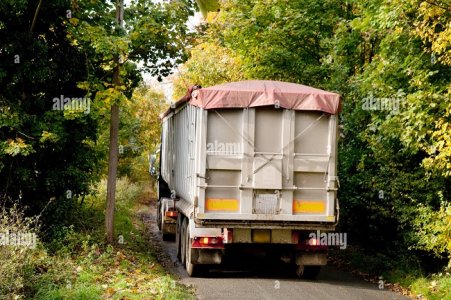Bretrick
Well-known Member
- Location
- Perth Western Australia
I have never been able to understand what seem to effectively be one lane roads.
No room for two cars to pass.
Yes, it would keep the speed down but what are the fatal accident rates?
No room for two cars to pass.
Yes, it would keep the speed down but what are the fatal accident rates?


